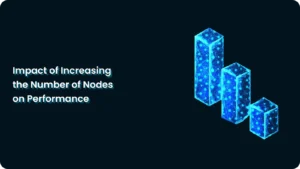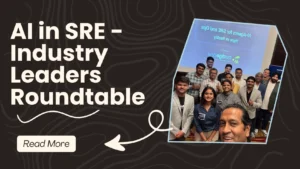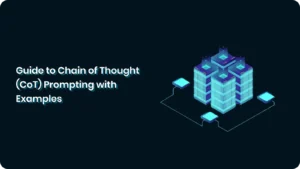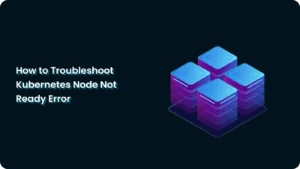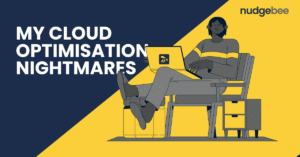AI vs HPA & VPA: Smarter Kubernetes Resource Rightsizing
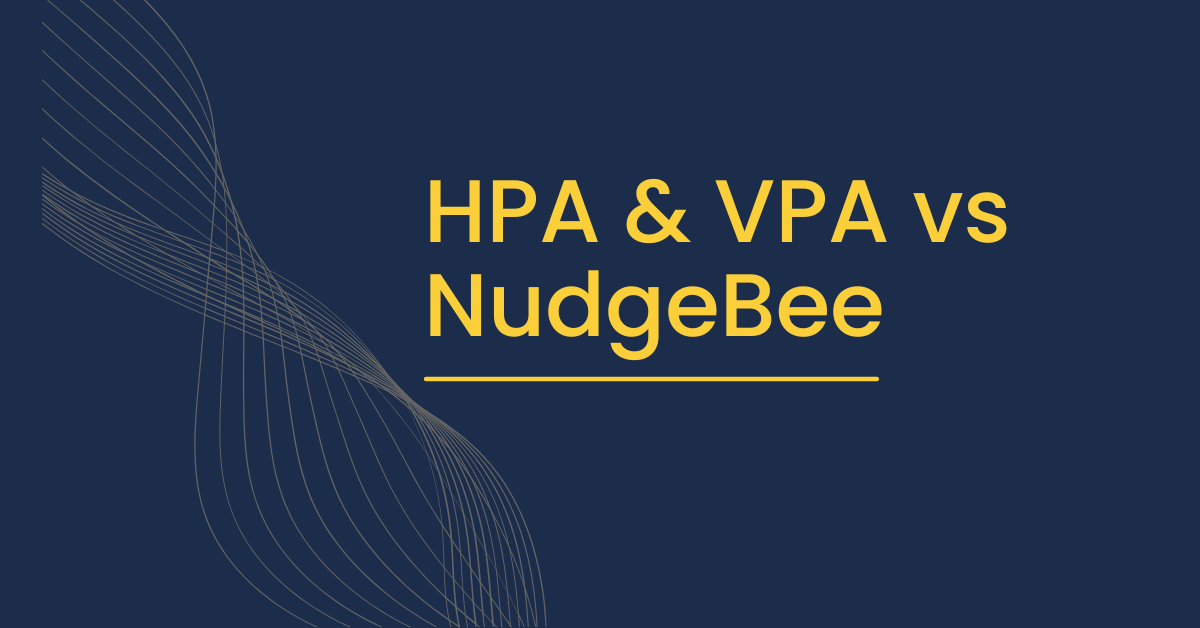
Resource rightsizing in Kubernetes has always been a challenging balancing act. Organizations need to optimize costs while ensuring performance, scaling resources efficiently without over-provisioning or under-provisioning. The traditional tools, Horizontal Pod Autoscaler (HPA) and Vertical Pod Autoscaler (VPA), have served as foundational solutions, but they come with significant limitations.
Enter NudgeBee, an AI-driven platform that promises to revolutionize how we approach resource rightsizing in Kubernetes.
Understanding HPA and VPA: The Traditional Approach
Horizontal Pod Autoscaler (HPA)
HPA scales the number of pods based on CPU or memory usage. When resource utilization exceeds defined thresholds, HPA creates additional pod replicas to distribute the workload. Conversely, when demand decreases, it removes unnecessary pods to conserve resources.
Key characteristics of HPA:
- Operates at the replica level by adding or removing pods
- Responds to CPU, memory, or custom metrics
- Works best with stateless applications that can handle horizontal scaling
- Provides quick response to load spikes by spinning up new instances
Vertical Pod Autoscaler (VPA)
VPA adjusts the resource allocation (CPU and memory) for individual pods, ensuring each container has the optimal amount of resources to handle its workload efficiently. Unlike HPA, which changes the number of pods, VPA modifies the resources within existing pods.
Key characteristics of VPA:
- Operates at the resource level by adjusting CPU and memory limits
- Requires pod restarts to apply new resource configurations
- Focuses on optimizing resource requests and limits based on historical usage
- Better suited for stateful applications where horizontal scaling is complex
The Limitations of Traditional Autoscaling
Despite their utility, HPA and VPA face several critical limitations that impact their effectiveness in production environments:
HPA Limitations
- Reactive Nature: HPA responds to metrics after problems occur, which can lead to over-provisioning during traffic spikes or under-provisioning during sudden demand increases.
- Limited Metrics Scope: Traditional HPA primarily relies on CPU and memory metrics, missing other critical factors like network I/O, disk usage, or application-specific metrics.
- Scaling Delays: The time required to provision new nodes and schedule pods can result in temporary performance degradation during rapid scaling events.
VPA Limitations
- Pod Restart Requirements: VPA needs to restart pods to apply new resource configurations, causing service disruption and potential downtime.
- Conflict with HPA: When both HPA and VPA operate on the same metrics (CPU/memory), they can create scaling loops and resource conflicts.
- No Fast Reaction Support: VPA isn’t designed for real-time scaling and may be too slow for applications experiencing sudden traffic spikes.
- Limited Historical Data: VPA primarily uses recent metrics for decision-making, potentially missing longer-term trends or seasonal patterns.
Combined Limitations
- High Configuration Overhead: Both tools require extensive configuration, benchmarking, and fine-tuning to work effectively, creating significant administrative burden.
- Cost Optimization Gaps: Neither HPA nor VPA directly considers cost implications in their scaling decisions, potentially leading to expensive over-provisioning.
- Lack of Predictive Capabilities: Both tools are reactive rather than proactive, responding to issues after they’ve already impacted performance.
NudgeBee: The AI-Driven Alternative
NudgeBee represents a paradigm shift from reactive to predictive resource management, leveraging artificial intelligence and machine learning to optimize Kubernetes clusters proactively.
Core Capabilities
- Predictive Resource Rightsizing: Unlike HPA and VPA, which react to current metrics, NudgeBee uses historical and real-time data to predict future resource needs. This proactive approach prevents performance issues before they occur.
- Automated Optimization: NudgeBee provides automated resource and replica adjustments with minimal manual intervention. The platform continuously analyzes workload patterns and adjusts resources automatically.
- Cost-Performance Balance: NudgeBee directly integrates cost optimization into its decision-making process, ensuring that resource allocation decisions consider both performance and financial impact.
- Intelligent Scaling: The platform combines the benefits of both horizontal and vertical scaling, making intelligent decisions about when to add pods versus when to adjust resources within existing pods.
Key Differentiators
1. Predictive Analytics
While HPA and VPA react to current conditions, NudgeBee analyzes patterns and predicts future demand. This enables:
- Proactive scaling before demand spikes occur
- Cost optimization through predictive resource allocation
- Reduced latency by anticipating rather than reacting to load changes
Ref – Nudgebee: Automated Continuous Optimization for K8s
2. Unified Optimization Approach
Traditional tools operate in isolation, but NudgeBee provides a holistic view of cluster optimization:
- Combines horizontal and vertical scaling strategies
- Considers cluster-wide resource utilization
- Balances workload distribution across nodes
3. AI-Driven Decision Making
NudgeBee leverages advanced AI algorithms to:
- Analyze complex workload patterns that human operators might miss
- Learn from historical data to improve future predictions
- Adapt to changing application behavior over time
4. Controlled Automation
Unlike fully automated solutions that can cause unexpected behavior, NudgeBee supports controlled automation with human oversight:
- Guardrails to prevent dangerous scaling decisions
- Dry-run capabilities to test changes before implementation
- Human-in-the-loop features for critical decisions
Comparison: Traditional vs. AI-Driven Approach
| Feature | HPA | VPA | NudgeBee |
| Scaling Method | Horizontal (pod replicas) | Vertical (resource limits) | Combined horizontal & vertical |
| Response Type | Reactive | Reactive | Predictive |
| Pod Restarts | No | Yes (disruptive) | Minimal disruption |
| Cost Optimization | Limited | Limited | Integrated cost analysis |
| Configuration Complexity | High | High | Automated with AI assistance |
| Conflict Resolution | Can conflict with VPA | Can conflict with HPA | Unified approach prevents conflicts |
| Predictive Capabilities | None | None | Advanced ML-based forecasting |
| Learning & Adaptation | Static rules | Limited learning | Continuous learning from data |
Real-World Impact
Performance Benefits
NudgeBee’s predictive approach can significantly improve application performance by:
- Preventing resource starvation before it impacts users
- Reducing scaling lag time through proactive resource provisioning
- Optimizing resource allocation based on actual usage patterns rather than static configurations
Cost Optimization
The platform delivers measurable cost savings through:
- Elimination of over-provisioning through accurate demand forecasting
- Dynamic resource rightsizing based on real workload requirements
- Intelligent scheduling that maximizes node utilization
Operational Efficiency
NudgeBee reduces operational overhead by:
- Automating complex scaling decisions that traditionally require manual intervention
- Providing actionable insights instead of raw metrics
- Reducing alert fatigue through intelligent filtering and prioritization
The Future of Kubernetes Resource Management
The evolution from reactive to predictive resource management represents a fundamental shift in how we approach Kubernetes optimization. While HPA and VPA served as important stepping stones, the limitations of reactive scaling become increasingly apparent as workloads grow more complex and cost optimization becomes critical.
NudgeBee’s AI-driven approach addresses these limitations by:
- Predicting rather than reacting to resource needs
- Combining multiple optimization strategies in a unified platform
- Learning and adapting to changing workload patterns
- Balancing performance and cost considerations in real-time
Conclusion
The quest for perfect resource rightsizing in Kubernetes has evolved significantly from the early days of manual configuration to reactive autoscaling with HPA and VPA. While these traditional tools provide valuable functionality, their reactive nature and operational complexity limit their effectiveness in modern, dynamic environments.
NudgeBee represents the next evolution in Kubernetes resource management, offering predictive, AI-driven optimization that addresses the fundamental limitations of traditional autoscaling approaches. By combining intelligent forecasting, unified optimization strategies, and cost-aware decision making, NudgeBee enables organizations to achieve the elusive goal of perfect resource rightsizing.
As Kubernetes environments continue to grow in complexity and scale, the shift from reactive to predictive resource management becomes not just beneficial but essential for maintaining competitive advantage in cloud-native deployments. The future belongs to platforms that can anticipate needs, optimize proactively, and learn continuously, making NudgeBee a compelling solution for organizations seeking to master the art of Kubernetes resource rightsizing.
